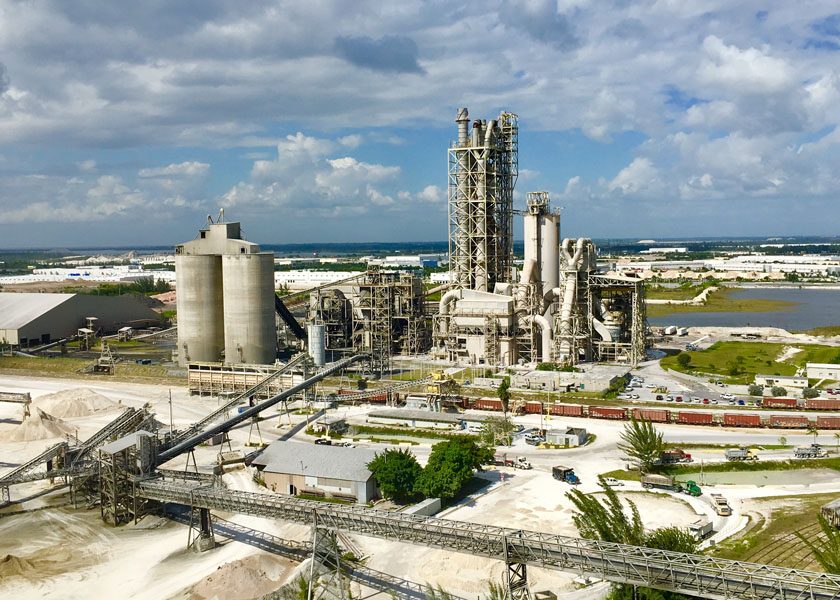On June 9, Lafarge held a public meeting at Loyalist Golf and Country Club in Bath, Ontario, Canada, to share information about ongoing alternative fuel research, reported the Kingston Heritage. The meeting presented multiple sign boards with test results, statistics about emissions and reduction strategies, and even a film about Lafarge and their cement production. Representatives from Lafarge, Queen’s University and independent research groups were on hand to answer questions.
“We are about half way through a three-year project working with Queen’s University and other environmental groups looking at low carbon fuels to replace the coal and petrol that we use at the cement plant now to make our products,” explained Rob Cumming, environment and public affairs manager for Lafarge in Bath. “We have excellent results to share tonight at this public meeting and we hope the community will be as excited as we are about the next stages.”
The tests replaced 10 percent of the coal and petrol used in the production of cement with other non-recyclable materials including construction and demolition debris, railway ties and roofing shingles. The initial tests showed no increase in emissions with these replacement materials and a 70 percent reduction in carbon emissions per ton of coal replaced.
“It worked, just as we expected it would,” said Cumming. “From here we’d like to test further. We just need to make sure that the public knows that before we move forward.”
Lafarge’s goal is a 30 percent replacement of coal and petrol in their plants by 2020 and this research is only the first step. In the next round, Lafarge will be testing other materials and in larger amounts and seeking permanent approval for the materials already tested.



